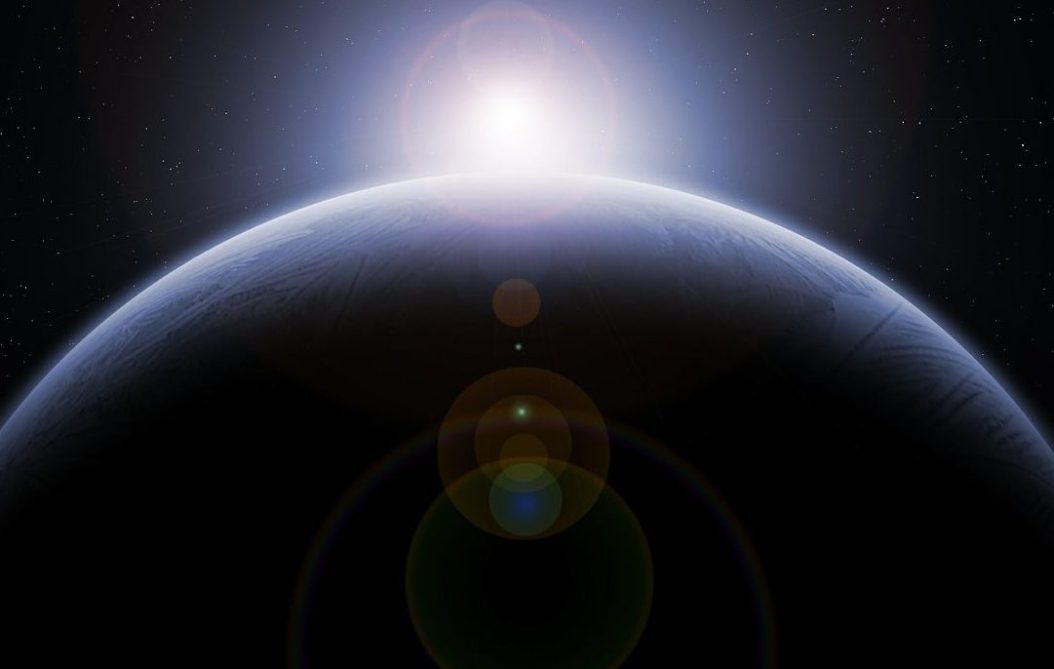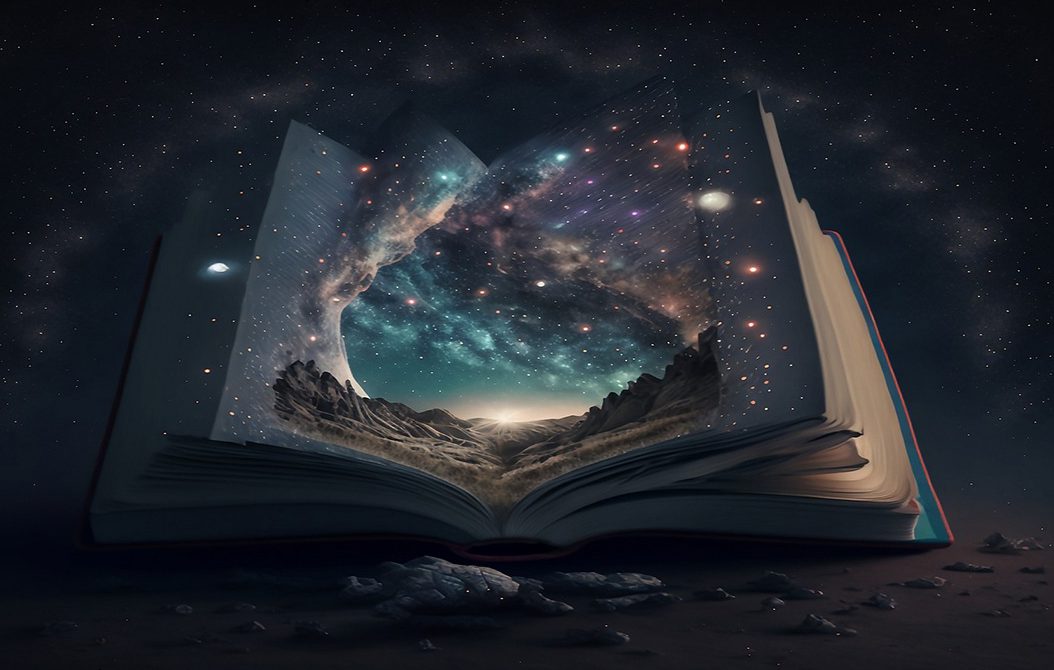
Is Reality An Illusion?
Reality or Illusion
As a metaphysics blogger, my friends often ask me about the nature of our world. Is our world truly virtual? How should we view our world and the universe? Today, I can delve deeply and insightfully into these questions to help interested readers understand our world.
First, let’s delve into science (as they say, the end of science is metaphysics). We’ll start by understanding two important concepts in physics: Schrödinger’s cat and wave-particle duality. These concepts are crucial in classical quantum mechanics and can help us think structurally about the multiverse or multidimensional universe.
Scientific Concepts: Schrödinger’s Cat and Wave-Particle Duality
Schrödinger’s Cat
Let’s revisit Schrödinger’s cat. In this thought experiment, Schrödinger imagined placing a cat in a sealed box with a vial of poison and a device containing a radioactive atom. If the atom decays, the device triggers, releasing the poison and killing the cat. However, without observation, the atom’s state is unknown; it could both decay and not decay. Thus, according to the superposition principle in quantum mechanics, the cat is dead and alive until someone opens the box and observes it. This experiment reveals a peculiar property of the quantum world: superposition. In superposition, a quantum system can exist in multiple states simultaneously until observed. We find this hard in our daily lives to imagine because we’re accustomed to certainty and uniqueness. However, in the quantum world, superposition is common.
Wave-Particle Duality
Next, let’s look at wave-particle duality. In quantum mechanics, particles are not seen as traditional objects with definite positions and velocities but exhibit both wave and particle properties. This duality means particles act like waves when unobserved but like particles when observed. This strange property exists in our daily lives too. For example, light behaves as particles (like photons in the photoelectric effect) and as waves (like in interference and diffraction phenomena). Interestingly, light seems to “know” when it’s being observed, suggesting it has a form of consciousness. This raises questions: what is light? For instance, our retina processes light signals into neural signals. What if the incoming light signals are fake or changeable? Is the world we see still real? If all neural signals are transformations and simulations of various input signals, are our five senses still real? This is one of the questions I want you to think about.
Wave–particle duality – Wikipedia
Multiverse and Multidimensional Universe
By combining Schrödinger’s cat and wave-particle duality, we can consider the possibility of a multiverse or multidimensional universe. If every possible state exists in an independent universe, these are multiverses. If these states exist in a higher-dimensional space, this space is a multidimensional universe. Thus, the possibility of multiverses or multidimensional universes stems from the superposition and wave-particle duality in quantum mechanics. This concept offers new perspectives and methods for understanding the universe’s diversity and complexity. Modern physics research supports that many renowned quantum physicists believe our universe may exist in multiple dimensions. These extra dimensions might not be directly observable with current technology, but they theoretically expand our universe’s possibilities.

Buddhist Perspective
Now, let’s set aside physics and view the world from a Buddhist perspective. Buddhism shares a similar view of the universe, suggesting our universe is one among countless others. This concept is expressed as “Three Thousand Great Thousand Worlds” in Buddhism. This core concept represents the entire universe, including innumerable world systems, each with countless galaxies, planets, and beings.
Three Thousand Great Thousand Worlds
The concept of “Three Thousand Great Thousand Worlds” originates from the “Mahāprajñāpāramitāśāstra,” describing countless worlds’ totality. According to texts like the “Dīrgha Āgama,” our world is one small world among many. Each small world comprises Mount Sumeru, seven mountain ranges, eight seas, four continents, and an iron-ringed mountain. A thousand small worlds form a small thousand worlds, a thousand small thousand worlds form a medium thousand worlds, and a thousand medium thousand worlds form a great thousand worlds, or “Three Thousand Great Thousand Worlds.” This concept not only describes quantity but also expresses the universe’s diversity and complexity. Each world system is a complete universe with its sun, moon, mountains, water, and life, interdependent yet interconnected. This cosmic view deepens and broadens our understanding of the universe.
Reincarnation and Karma
Additionally, “Three Thousand Great Thousand Worlds” underpins Buddhism’s reincarnation concept. In Buddhism, all sentient beings reincarnate within six realms, driven by the karma accumulated in individual lives. The existence of “Three Thousand Great Thousand Worlds” highlights life’s diversity and complexity, encouraging us to cherish life, do good, seek liberation, and grow.
Conclusion
In summary, the “Three Thousand Great Thousand Worlds” in Buddhism profoundly explains the universe’s diversity and complexity and explores life’s essence. It helps us recognize the value of life and the greatness of the universe, prompting us to cherish life, care for the universe, and seek inner peace and enlightenment.
Then Is Reality An Illusion or Not?
Due to limited time, I’ll stop here for now. Please feel free to discuss our world with me in the comments. In the next session, we’ll explore other topics of interest, such as reincarnation and whether our world is virtual. Follow us to stay connected!
Get to Know Your Five Elements for Free

